Keep practicing, and meanwhile, these four basic fishing knots are quick and easy to tie, and will come in handy for all sorts of fishing ranging from trolling tubes for cobia, to jigging for summer stripers, and everything in-between.
Improved Clinch (Fisherman's Knot)
I’ve been tying this first knot since I was 10 years old. Most of us call it a Fisherman’s knot, but it is actually called the Improved Clinch knot. It’s very strong and is good for connecting terminal tackle or lures to the monofilament.
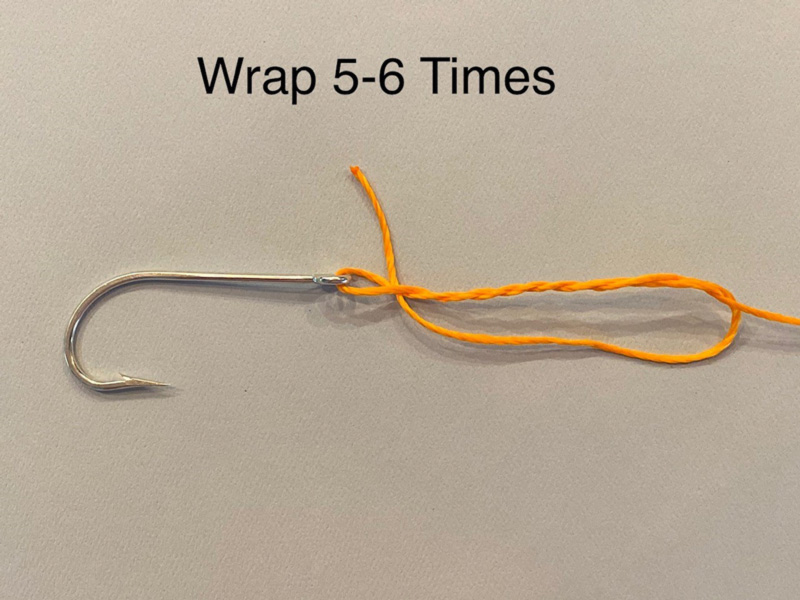
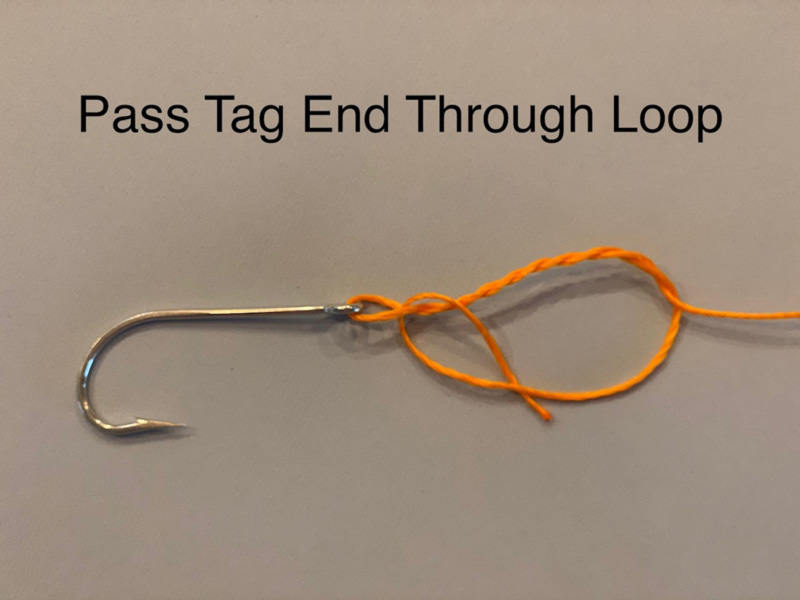
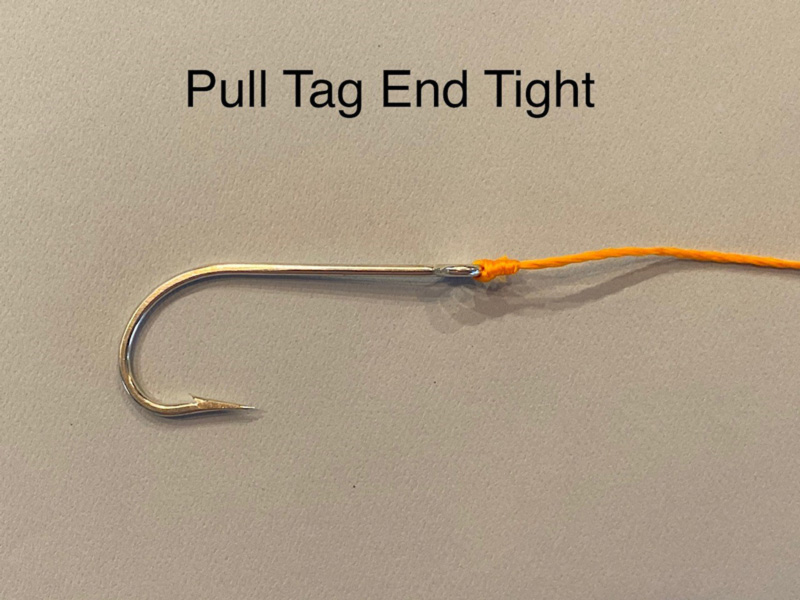
Palomar Knot
The second critical fishing knot, and the one I use most to tie my baits on, is the Palomar knot. This is in my opinion the fastest knot there is to tie a lure onto your line or leader and it works very well with braid. I often watch other anglers struggle with their knot tying and wonder what the heck is going on. Use this knot and you’re back to casting in no time.
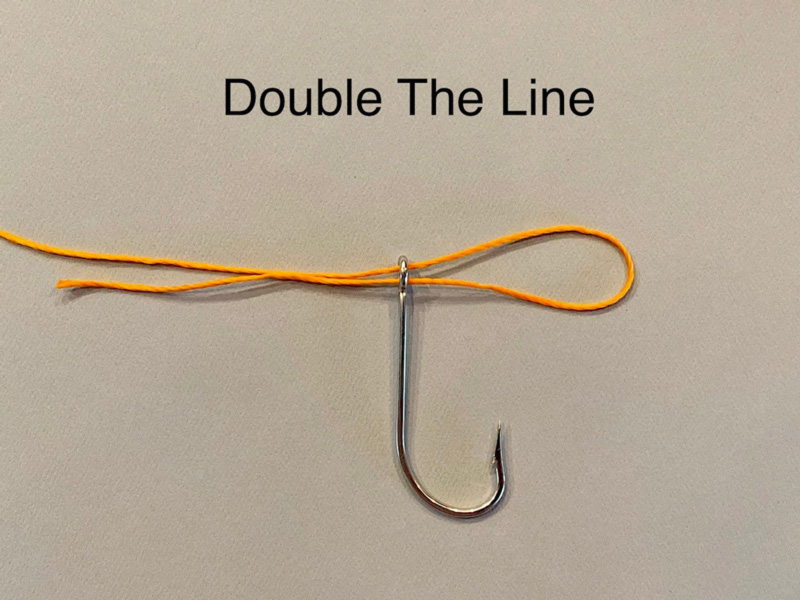
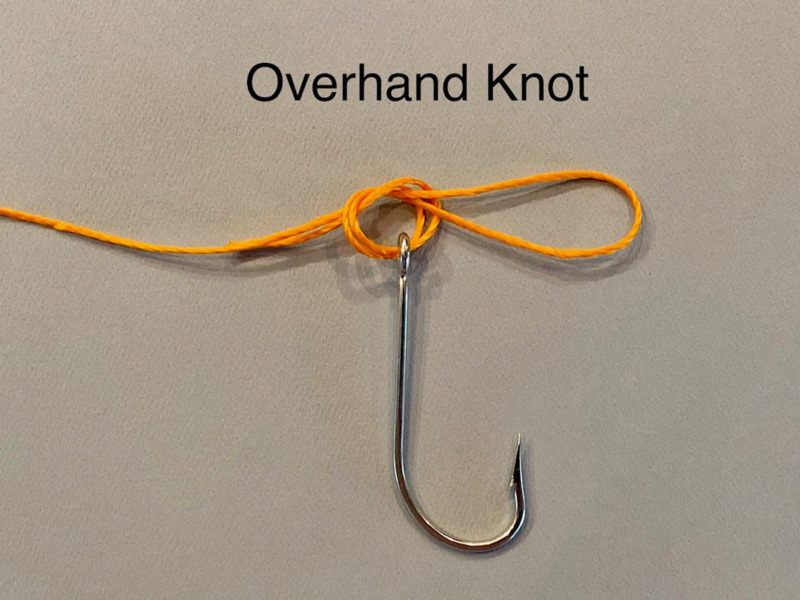
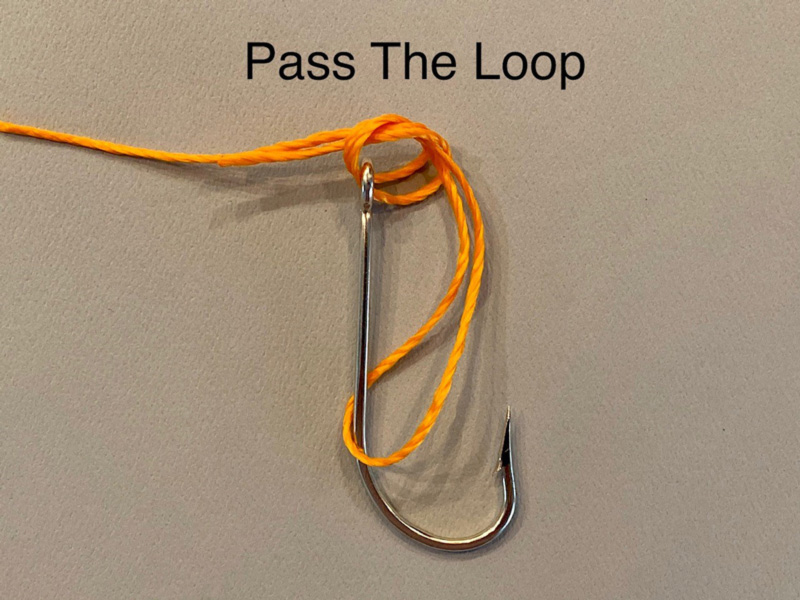
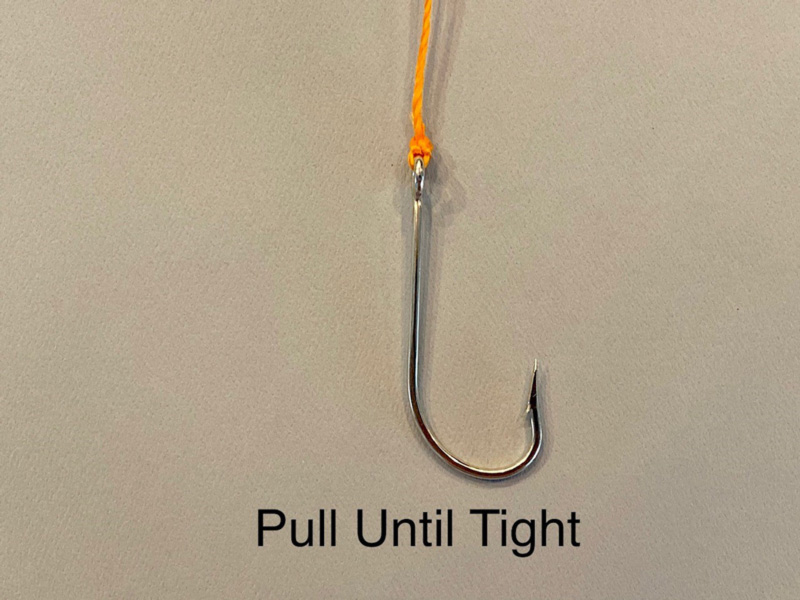
Rapala Knot (Loop Knot)
If I need a loop knot to give a jig more action, I will use a Rapala knot. What you are essentially doing is simply moving the eyelet of your hook or lures up the line a half-inch or so, then you’re tying an improved clinch knot. This is a form of a "loop knot," though it's certainly not the only type of loop knot.
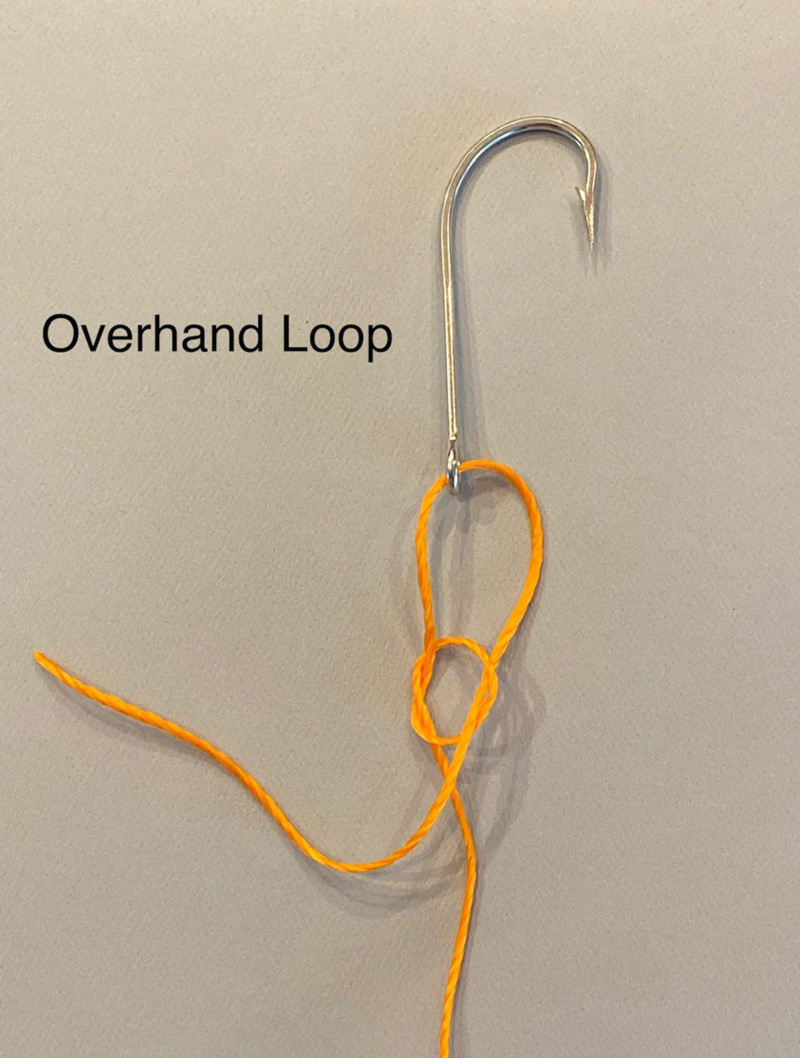
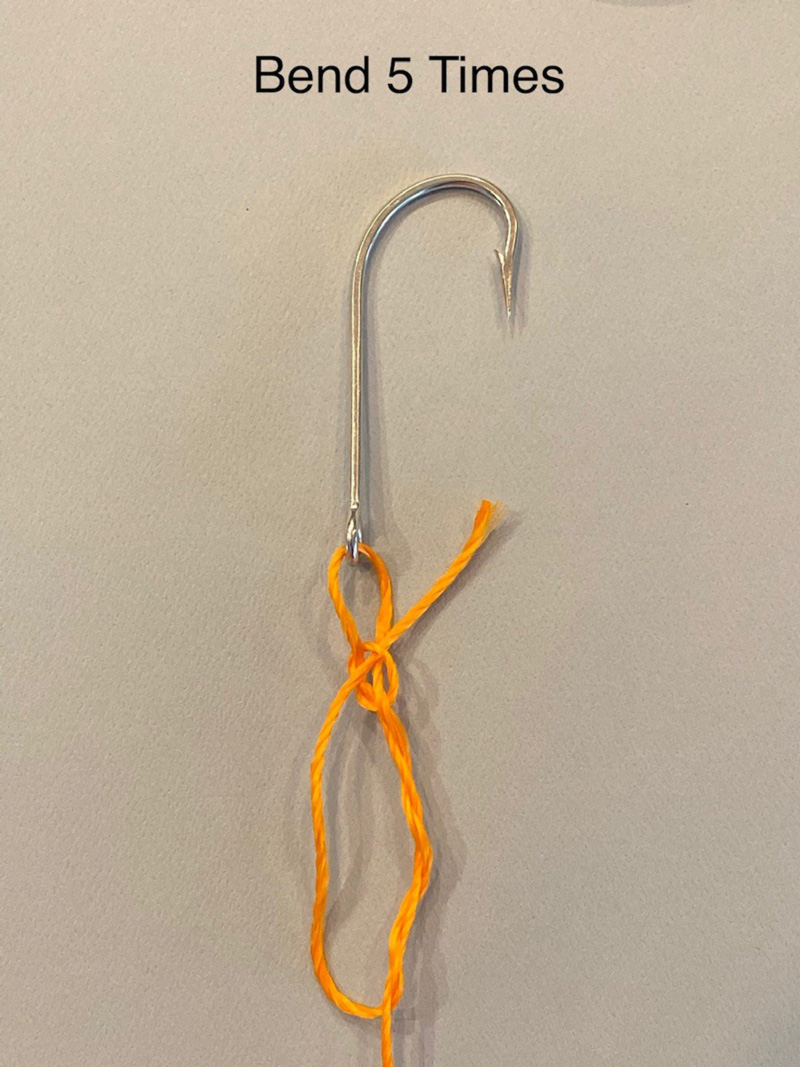
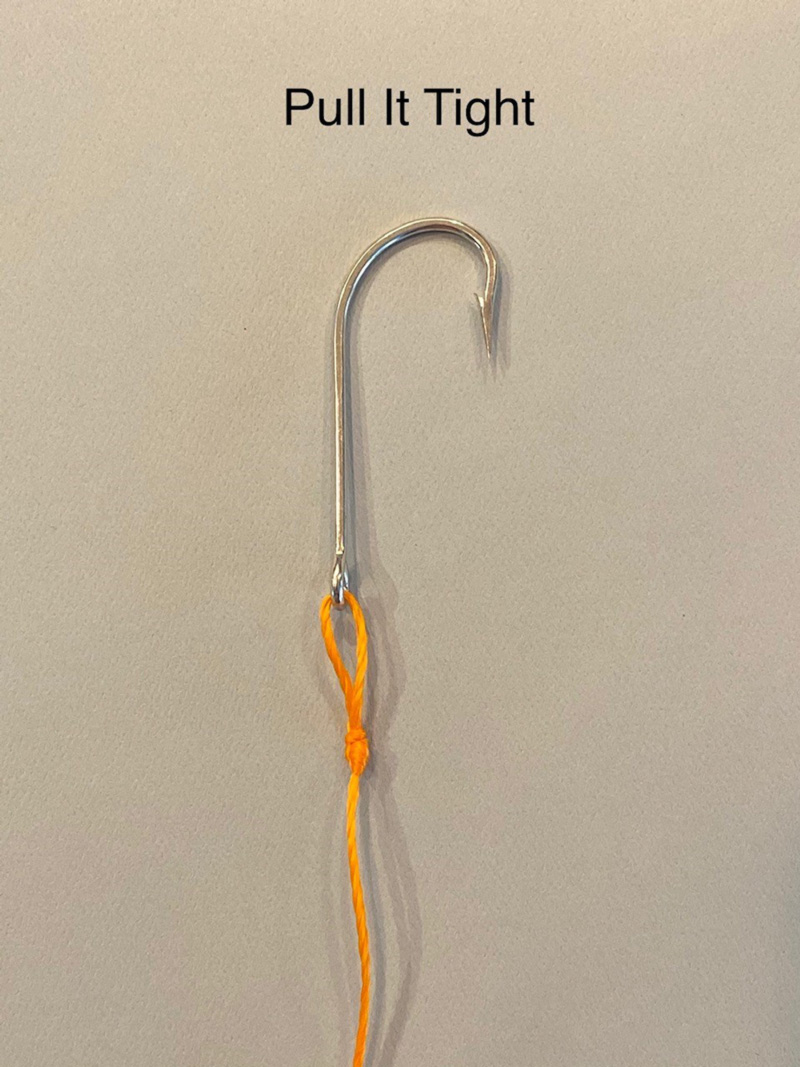
Double Uni or Uni-to-Uni Knot
When I need to attach my leader to my braid I prefer to use a Double Uni knot (also called a Uni-to-Uni). This consists of tying two Uni knots, and pulling them together. Yeah, I know there’s the FG knot and the Blood knot and others, but I find this one faster and easier to tie.
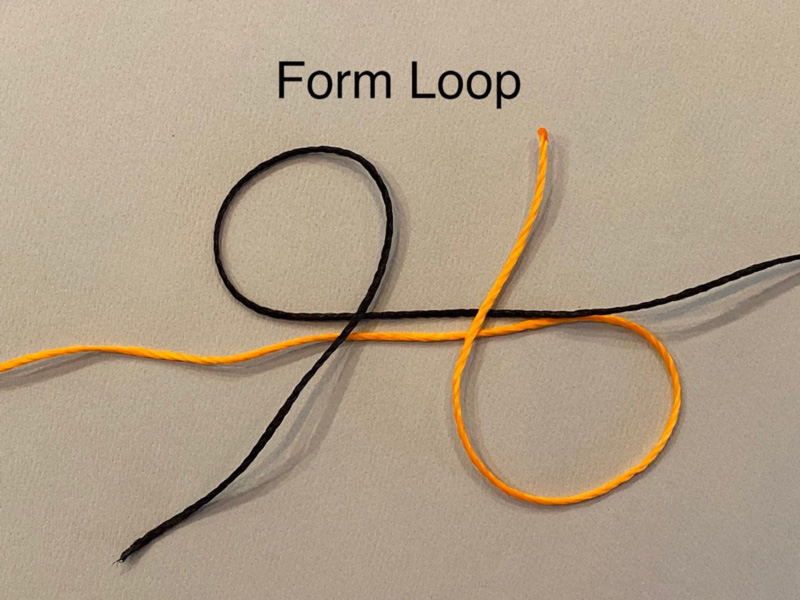
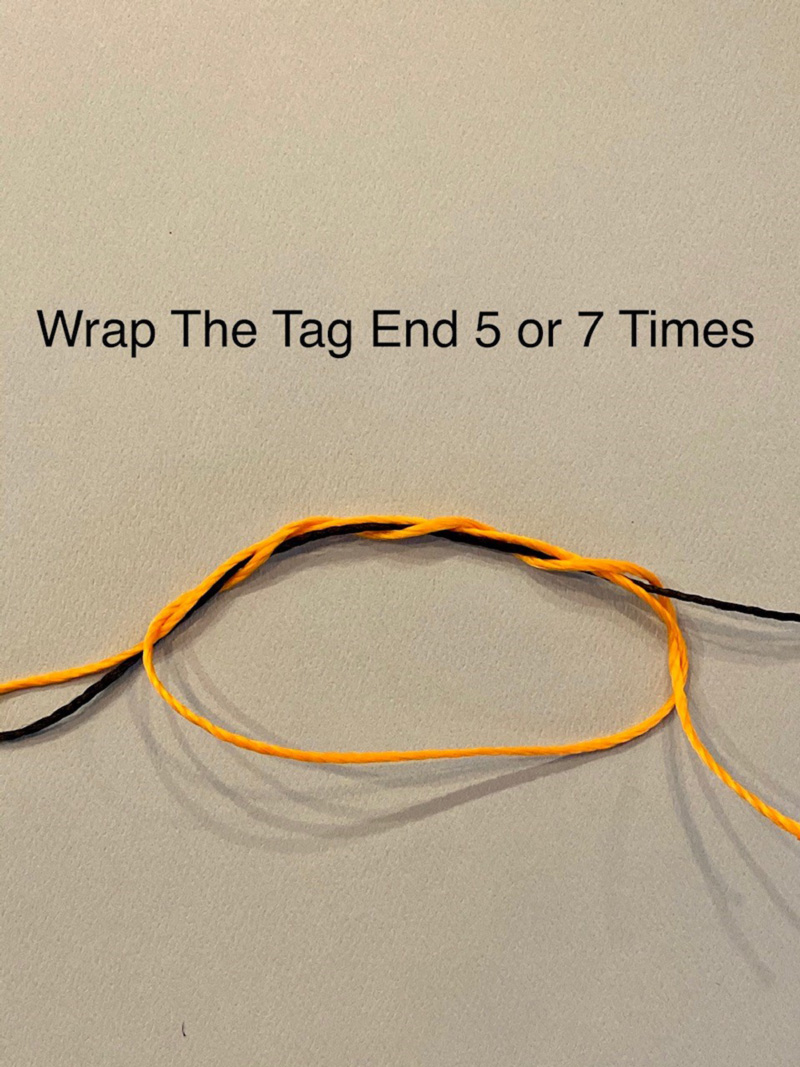
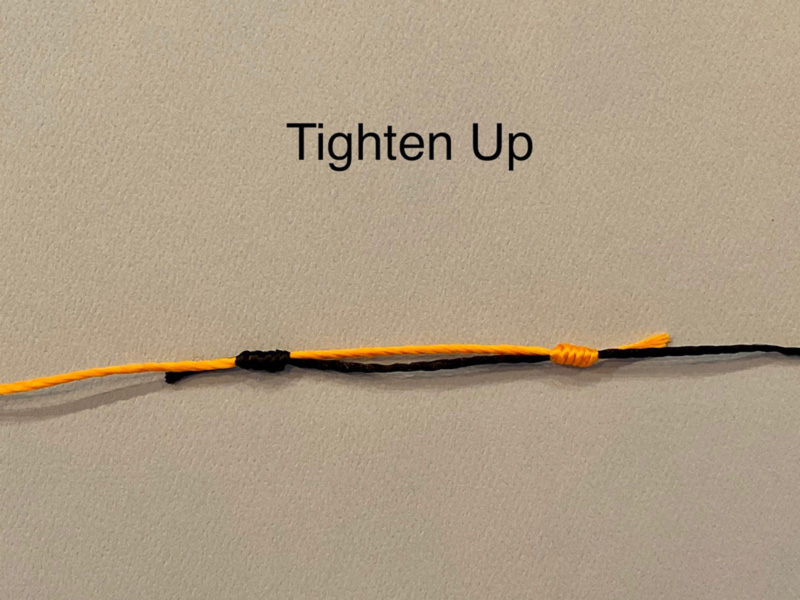
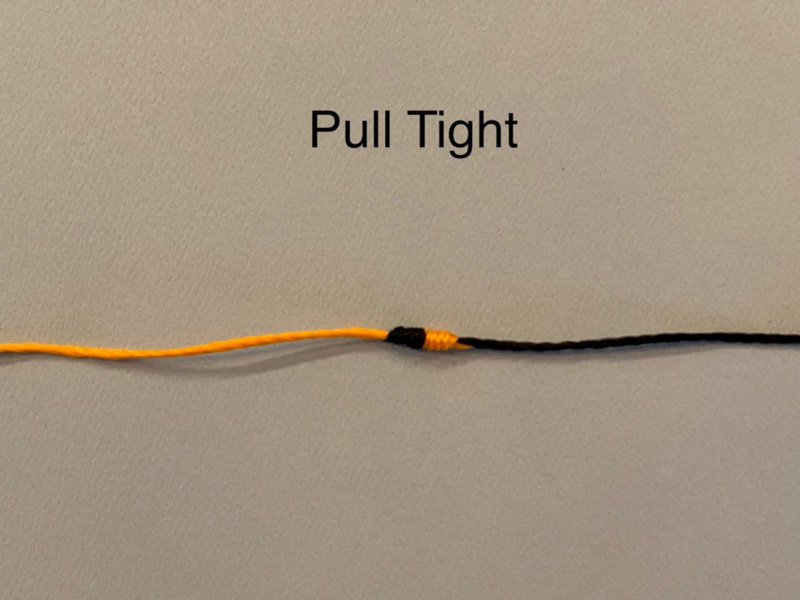
There are plenty of other knots to use out there. I guess I could learn them all, but these four knots they are tried and true. I’ve found that there are no faster knots to use when I’m out kayaking, getting me back to casting and catching quickly.
-By Eric Packard